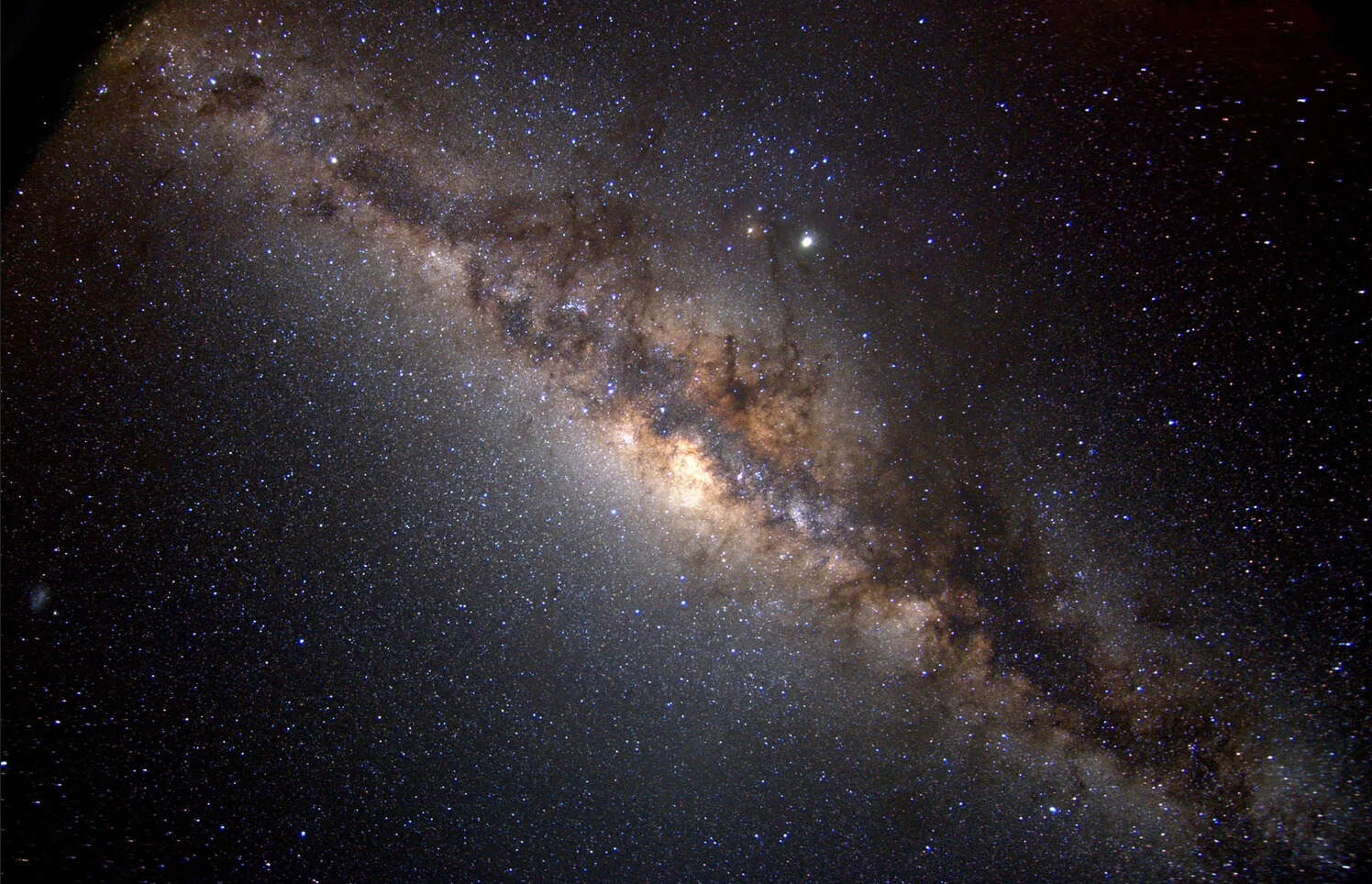
What is the Galactic Bulge? The Galactic Bulge is a densely packed group of stars located at the center of our Milky Way galaxy. Imagine a bright, spherical hub surrounded by a sprawling disk of stars, gas, and dust. This central region is home to some of the oldest stars in the galaxy, making it a fascinating area for astronomers. The bulge contains a mix of different star types, including red giants and white dwarfs. It also plays a crucial role in the dynamics and evolution of the Milky Way. Understanding the Galactic Bulge helps scientists learn more about the formation and history of our galaxy.
What is the Galactic Bulge?
The Galactic Bulge is a densely packed group of stars found in the center of spiral galaxies, including our Milky Way. This region is fascinating due to its unique properties and the role it plays in the galaxy's structure and evolution.
- The Galactic Bulge is located at the heart of the Milky Way, about 26,000 light-years from Earth.
- It contains roughly 10 billion stars, making it one of the densest regions in our galaxy.
- The stars in the bulge are generally older, with ages ranging from 10 to 12 billion years.
- The bulge has a peanut or boxy shape when viewed from certain angles, a result of the bar-like structure within it.
- It spans about 10,000 light-years across, making it a significant portion of the Milky Way.
Composition and Characteristics
Understanding what makes up the Galactic Bulge helps astronomers learn more about the history and evolution of our galaxy.
- The bulge is composed mainly of old, metal-rich stars, indicating it formed early in the galaxy's history.
- It also contains a mix of gas and dust, although in much smaller quantities compared to the galaxy's disk.
- The stars in the bulge move in random orbits, unlike the orderly rotation seen in the galaxy's disk.
- The central region of the bulge hosts a supermassive black hole, known as Sagittarius A*.
- The bulge's stars exhibit a wide range of metallicities, suggesting a complex formation history.
Formation Theories
Several theories exist about how the Galactic Bulge formed, each providing insights into the early stages of the Milky Way.
- One theory suggests the bulge formed through the merging of smaller galaxies early in the Milky Way's history.
- Another theory proposes that the bulge formed from the rapid collapse of a gas cloud in the early galaxy.
- Some astronomers believe the bulge could have formed through the buckling of the Milky Way's disk.
- The presence of a bar structure within the bulge supports the idea that internal processes played a role in its formation.
- Observations of other galaxies with similar bulges help astronomers refine these theories.
Observing the Galactic Bulge
Studying the Galactic Bulge presents unique challenges and opportunities for astronomers.
- The bulge is often obscured by dust, making observations in visible light difficult.
- Infrared and radio wavelengths are used to peer through the dust and study the bulge's stars and structure.
- The Gaia space telescope has provided detailed maps of the bulge's stars, enhancing our understanding of its structure.
- Observations of variable stars, like RR Lyrae, help determine distances within the bulge.
- The bulge is a rich hunting ground for exoplanets, with several discovered in this dense region.
Importance in Galactic Evolution
The Galactic Bulge plays a crucial role in the overall evolution and dynamics of the Milky Way.
- The bulge's stars provide clues about the early stages of the Milky Way's formation.
- The supermassive black hole at the bulge's center influences the motion of nearby stars and gas.
- Interactions between the bulge and the galaxy's disk can drive the formation of new stars.
- The bulge's chemical composition helps trace the history of star formation and supernova events in the galaxy.
- Understanding the bulge aids in comparing the Milky Way to other spiral galaxies, offering a broader perspective on galactic evolution.
Final Thoughts on Galactic Bulges
Galactic bulges are fascinating structures at the heart of galaxies. They hold clues about the formation and evolution of galaxies. These central regions are packed with stars, gas, and dust, often housing supermassive black holes. Understanding bulges helps astronomers piece together the history of the universe.
Bulges come in different shapes and sizes, from boxy to round. They can be classified into classical bulges and pseudobulges, each with unique characteristics. Classical bulges resemble small elliptical galaxies, while pseudobulges are more disk-like and show signs of ongoing star formation.
Studying these structures isn't just about looking at pretty pictures. It involves analyzing data from telescopes, running simulations, and comparing findings with existing theories. Every discovery adds a piece to the cosmic puzzle, helping us understand our place in the universe. Galactic bulges remind us of the complexity and beauty of the cosmos.
Was this page helpful?
Our commitment to delivering trustworthy and engaging content is at the heart of what we do. Each fact on our site is contributed by real users like you, bringing a wealth of diverse insights and information. To ensure the highest standards of accuracy and reliability, our dedicated editors meticulously review each submission. This process guarantees that the facts we share are not only fascinating but also credible. Trust in our commitment to quality and authenticity as you explore and learn with us.
